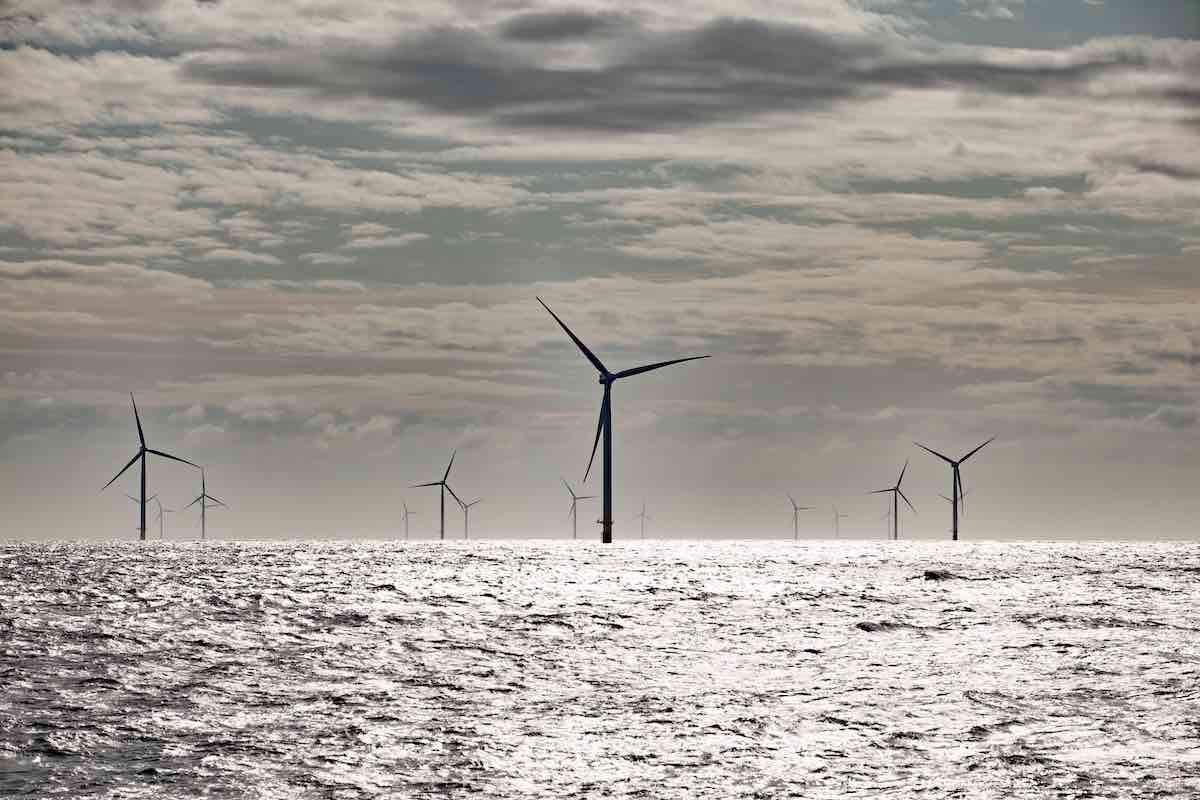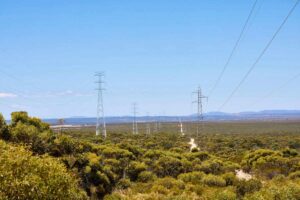Although it might not capture the headlines of the latest UN climate conference, platform speech by Greta Thunberg or severe climate event, the establishment of the new Net Zero Economy Authority (NZEA) is a real step forward in Australia’s approach to climate policy.
One lesson learnt from the rigours of the toxic ‘carbon wars’ is that not even a Prime Minister as pugilistic as Tony Abbott could dispense with a legislated Clean Energy Finance Corporation. By establishing the NZEA in law, the government has both helped achieve the stability and continuity that effective climate policy requires and further shown investors that the country is serious.
Beyond the imperative of reducing the severe risks of a hotter more volatile climate, the importance of driving the net zero transition is clear. According to net zero tracker the net zero goal is now shared by 150 of the 198 countries and by 1,177 of the 2,000 largest publicly traded companies in the world by revenue. Net zero is no fashion. It is a powerful global political and economic trend.
By retaining a rhetorical commitment to net zero by 2050 Leader of the Opposition Peter Dutton might feign understanding and being a part of this trend. Yet he is looking to capitalise on every opportunity to highlight the problems with the measures required to achieve it.
Through advocating the building of Australia’s first ever nuclear plants Dutton has chosen to sink back into polarising the energy debate and engage in the comfort of performative politics divorced from policy.
Although he might animate the politics for a while, changing a country’s energy mix has fundamental implications for the whole economy. For the Opposition to provide no costings or economic modelling for their nuclear plan is irresponsible at best.
With no community wanting a nuclear plant built near them; no serious energy experts believing that even a single nuclear plant could be built at reasonable cost and in time to achieve the emissions reductions that net zero requires, this self-serving political diversion will surely be placed under the spotlight in the run up to the next Federal election: a lively and loud debate with plenty of heat and precious little light.
But much as we might still be distracted by polarised political theatre, it is the decisions taken by our key trading partners far from Canberra that will maintain the need for the nation to remain focussed on the task of achieving net zero. Despite our often crude and contested politics, with our abundant renewable resources, sophisticated economy, and proven capacity to innovate Australia remains well-positioned to benefit from this global shift.
By helping achieve the public and private sector investment required to reduce emissions; support those workers impacted by the net zero transition secure new opportunities; coordinate net zero efforts in government and across the nation, and build greater understanding, confidence and engagement with the net zero transformation, the new NZEA has a vital role to play.
It might not be the shiny new ‘poster girl’ of climate policy, but the Authority’s initial focus on delivering an Energy Industry Jobs Plan is crucial. Winning the net zero ‘game’ requires the potent ‘attack’ of new infrastructure and technologies (renewables, batteries, new transmission lines, green hydrogen and the like) mixed with a strong ‘defence’: ensuring that the people whose jobs are threatened are properly supported.
Experience shows that such transitions can be managed well. When I worked at 10 Downing Street in 2005 there were 25 coal fired power stations operating in the UK. In 2005 coal provided around 35% of the United Kingdom’s electricity. It is now less than 1%. By the end of this month the UK’s last coal fired power station will be closed.
This transition was hard but involved power workers and communities directly, offering real employment options aligned with personal goals backed by robust industrial policy. And the new low carbon energy infrastructure replacing the old in the UK is no dream.
It is both being built and is operating at scale. With Hornsea 2 Britain now boasts the largest operational wind farm in the world. It produces enough electricity to power more than 1.4 million homes and covers more than 450 square km out in the North Sea.
If someone had told me back in 2005 that this energy transition would be achieved by Britain in less than 20 years, I wouldn’t have believed them.
It hasn’t been driven by magic. It has been caused by technological progress and accelerated by clear and effective policy delivering more than £300 billion of investment in renewables since 2010. And the UK Climate Change Act of 2008 with its legislated carbon budgets did much to achieve the policy coherence that attracted vast private investment required.
Without an equivalent process in Australia that both protects workers and demonstrates the upside, the public and political interest in achieving net zero could quickly erode.
As readers of Renew Economy know only too well, the net zero transition is under way. With examples like rooftop solar accounting for a quarter of total Australian renewable energy generation and hosting the world’s third largest battery in Geelong powering more than a million homes, Australia is already very much part of this change.
It is a global shift that meshes the drive to ever more automation and use of technology with the need to reduce global emissions. A clean break from an expensive, volatile fossil fuel system to cheaper, cleaner technologies with what are likely to be continuously falling costs.
Just as important as the need to tackle the severe environmental, social and economic risks of a volatile and warming climate, this change is driven by the same forces that have shaped energy use through time: efficiency over waste, technology over commodities, and economics over ideology.
For Australia to achieve the emissions reductions required to achieve net zero by 2050 it must be seen as an economic and wider national opportunity.
The Future Made in Australia Act demonstrates the government’s commitment to this vision, as do the significant investments in green hydrogen, domestic solar manufacturing, and grid modernization in the last budget.
And as it commences its work, established in law, the new Net Zero Economy Authority will become a key part of the required climate policy engine working to ensure that this transition has benefits across all sectors of our economy.
Nick Rowley is honorary associate professor at the Crawford School of Public Policy






